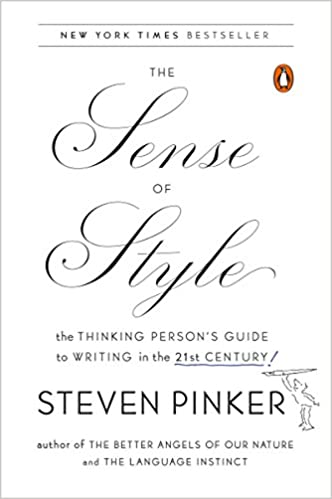Publications by Type: Book Chapter
2019
2006
2003
This chapter outlines the theory (first explicitly defended by Pinker and Bloom 1990), that the human language faculty is a complex biological adaptation that evolved by natural selection for communication in a knowledge- using, socially interdependent lifestyle. This claim might seem to be any- one’s first guess about the evolutionary status of language, and the default prediction from a Darwinian perspective on human psychological abilities. But the theory has proved to be controversial, as shown by the commentaries in Pinker and Bloom (1990) and the numerous debates on language evolution since then (Fitch 2002; Hurford et al. 1998). In the chapter I will discuss the design of the language faculty, the theory that language is an adaptation, alternatives to the theory, an examination of what language might an adaptation for, and how the theory is being tested by new kinds of analyses and evidence.


